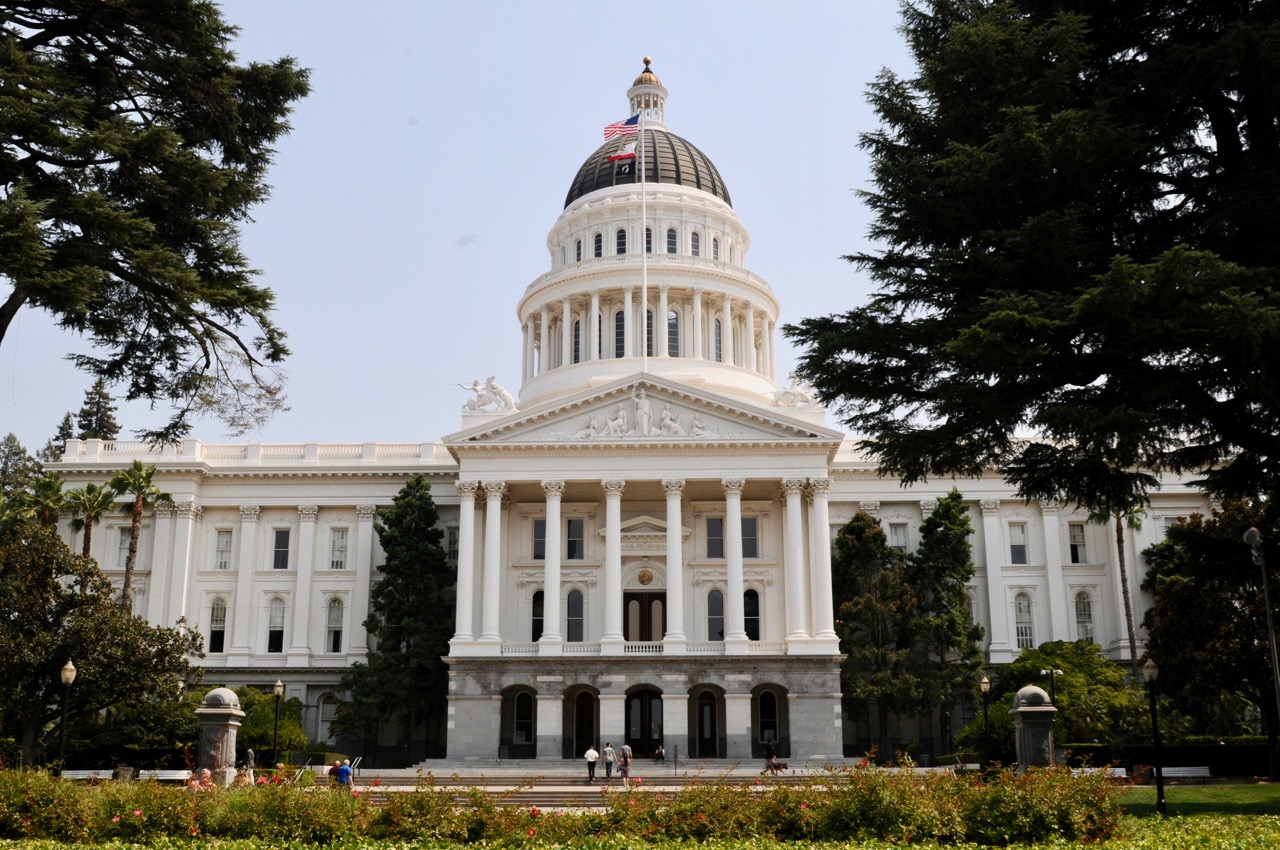
Handcuffs and Wooden Gavel.(Photo: Proxima Studio/Shuttertock)
The Unintended Consequences of Proposition 47
Lowering the severity of penalties for certain offenses has emboldened many repeat offenders
By Elizabeth Berger, November 1, 2024 11:01 am
Since its passage in 2014, Proposition 47 has been touted as a revolutionary step in California’s criminal justice reform. The measure reclassified certain felonies to misdemeanors to decrease incarceration rates and redirect the cost savings into rehabilitation programs. Proponents argued that rehabilitation programs would be more effective than prison for reducing recidivism and improving public safety. However, the reality is far from the success story many hoped for.
At first glance, some of the statistics surrounding Prop. 47 programs might seem promising, painting a picture of progress. For example, the Board of State and Community Corrections boasted a 60% reduction in homelessness and a 50% reduction in unemployment. However, a closer look reveals that these numbers reflect only a small subset of participants, not the larger population affected by the law. This makes the claims of broad success misleading.
Over 21,000 people took part in some type of Prop. 47 program. About one-quarter aimed to find housing during their time in the program, but half of them dropped out before completion, leaving a final group of 2,168. This final 2,168 is the group that experienced a 60% reduction in homelessness, and it represents only 10% of the original cohort. A similar percentage (28%) pursued employment as a goal, but more than two-thirds dropped out of the program, while 1,871 completed it. The final group of 1,871 experienced a 50% decrease in unemployment, but they only account for 8.6% of the full cohort. In the end, these impressive-sounding reductions in homelessness and unemployment are based on a tiny fraction of the larger cohort, and likely do not hold true when applied to the majority.
Further, advocates often claim that Prop. 47 rehabilitation programs reduce crime and recidivism. However, there’s little solid evidence to support this. Most of the studies backing these claims rely on weak research designs, like comparing people before and after the program without seeing how they compare to others who didn’t participate. Without a comparison group, it’s impossible to know if any changes in the participants can be attributed to the program itself, because there’s nothing to compare the participants’ progress against.
In reality, lowering the severity of penalties for certain offenses has emboldened many repeat offenders, whose recidivism rates have increased since Prop. 47 was enacted. This has also contributed to the rise in certain crimes like auto theft, car break-ins, and the theft of car accessories like catalytic converters. While seemingly minor, these property crimes aren’t just inconveniences. They have real, tangible impacts that can cost hundreds of dollars and disrupt daily life—preventing people from getting to work, school, or important appointments, potentially leading to lost wages or job loss.
Fortunately, there is an opportunity to correct the course with Proposition 36, which will appear on California’s November 5 ballot. If passed, it would strengthen penalties for habitual offenders, allowing an offender convicted of a third petty theft to be charged with a felony and sentenced up to three years in state prison. Prop. 36 also introduces the option of a “treatment-mandated felony” for drug-related offenses, where individuals would have the opportunity to complete a court-mandated treatment program in lieu of a jail sentence.
Overall, Prop. 36 strikes a more balanced approach between ensuring accountability while still offering a pathway for rehabilitation where appropriate. As voters, we must recognize that reform without accountability is not true progress.
- The Unintended Consequences of Proposition 47 - November 1, 2024





The consequences were INTENDED. The increased crime rate was the plan. Don’t give the enemies of the state the benefit of the doubt any longer, all it does is embolden them.